The 20 Ultimate Tips for Finally Understanding Nutrition Labels
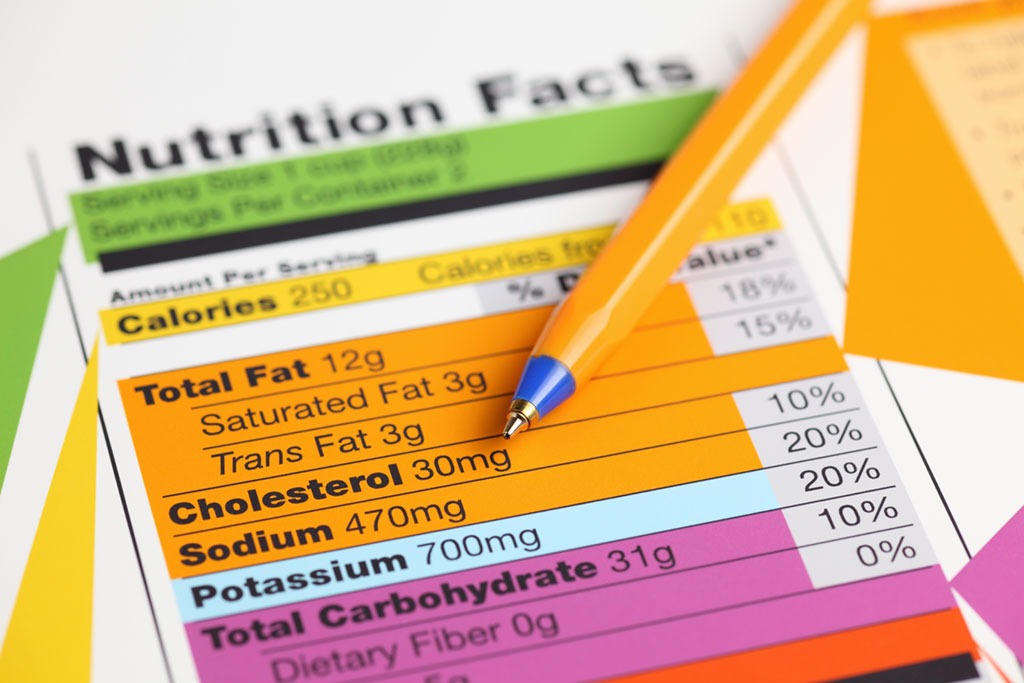
As a varsity college runner who logged an average of 50 miles a week, I rationalized that I could eat basically anything I wanted. (I mean, I was just going to burn it all off the next day anyway, right?) So, it really wasn't until I started doing indepth research for articles like ranking every chicken nugget that I spent more than two seconds glancing at the ubiquitous "Nutrition Facts" panel. And I became enthralled.
My investigation started with questions like, "What the heck is autolyzed yeast extract?" And with every new ranking or product feature, they progressed into "Why is there soybean oil in this soda?" and "This granola has how much sugar?!"
During my time here, I've read through thousands of nutritional labels of foods that range from beef jerky to canned pasta sauce. From what I've learned, I now know that reading that little white lined box on the back of your snack is beyond important—even if you aren't dieting. Not only does reading the Nutrition Facts inform you about what you're putting into your body, it can also help you learn about nutrients and remind you to make the best nutritional choice.
If you're like "college me," this nutrition label crash course will teach you how to navigate through the overwhelming numbers and phrases. Use these tips as your guide, and you'll save yourself from falling prey to sneaky serving sizes, health halos, and bad-for-you ingredients.
Calories Aren't The Only Measure of Nutrition

Shocker, right? Yes, calories matter when it comes to losing weight, but they aren't the "end all be all." In fact, when you choose the right calorically-dense foods that keep you fuller longer, you'll save yourself from those mid-day binges. Of course, the number of calories you should be eating will both differ on product and your diet, but here are a couple general rule-of-thumbs: Snacks should be around 130 to 250 calories and meals can be anywhere from 300 to 600 calories. And by the way, you can ignore "Calories From Fat" because that number will be taken off the label in 2018; the FDA found that the type of fat is more important than the amount of it—more on that later.
Look At The Serving Size
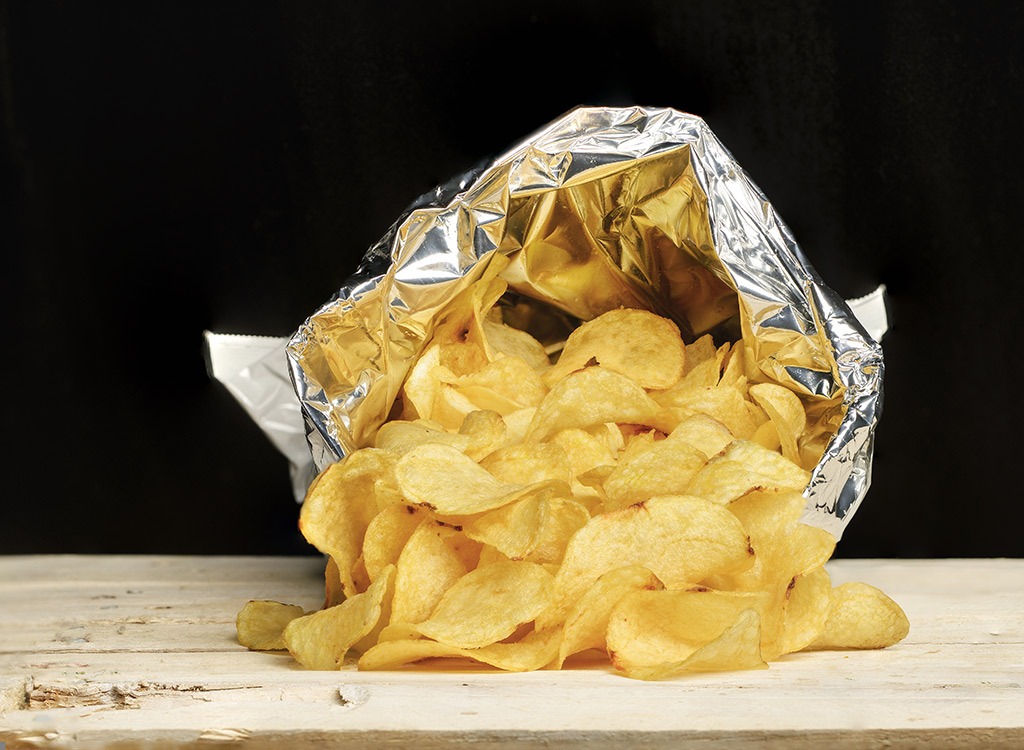
Have you ever thought, "Wow! This entire bag is only 50 calories!" to only realize post-snack session that the bag really had three servings in it? Many manufacturers intentionally label smaller servings sizes so that the nutrition facts look better than they really are. Always check the serving size before you dive into a product. And remember: serving sizes are based on actual average consumption of the product and not ideal consumption, so don't take them to be a suggestion as to what you should eat. (Yes, we're talking about that 20-ounce soda you just bought.)
Glance Through The Macronutrients

Macronutrients include fat, carbs (which also breaks down into fiber and sugar), and protein. If anything stands out to you—like the product having 17 grams of fat or 25 grams of sugar—use those numbers to help you skim the ingredient list. For example, a cereal that has 6 grams of fat in it is odd. You can then check the ingredients to see if that fat is from nuts (which is good!) or is from added vegetable oils (not as good). Use the Zero Belly mantra as your guide: "Where's my fiber? Where's my protein? And where are my healthy fats?" Each product should provide a few grams of each.
Keep it Short
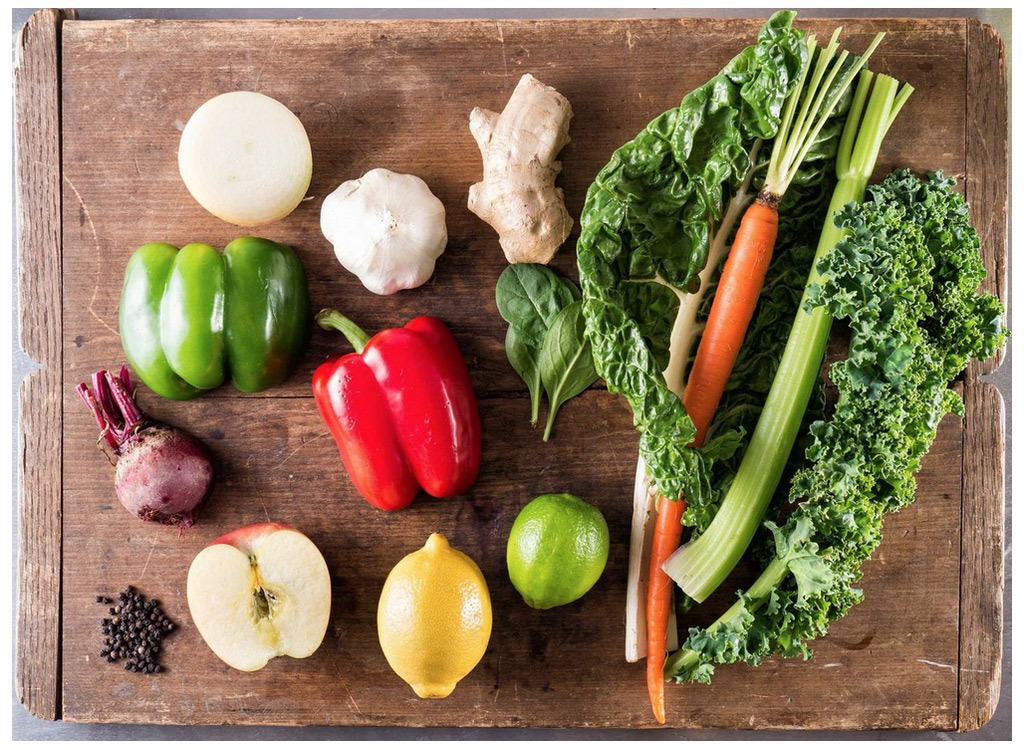
We're talking about ingredients! Keeping the length of an ingredient list to as short as possible will usually make it less likely that you're eating nasty additives. Again, this tip is just a general guide, as some snack bars or nut mixes will contain many good-for-you ingredients.
First Is The Worst…

Let us explain: Ingredients are listed in order of weight, or quantity. So, if the first ingredient you see on a label is sugar, it means that your snack is made up of more of this inflammatory additive than anything else. However, the order of ingredients doesn't always tell the whole story. For example, often times manufacturers use multiple types of sugar in a nutrition bar. This means they each count as separate ingredients and can be scattered throughout the ingredient list. But if they were to be grouped together as "added sugar," they could very well be listed first. For this reason, it's best to look through the first ten or so ingredients to get the best idea of what's in your food.
"If You Can't Read It, Don't Eat It!"
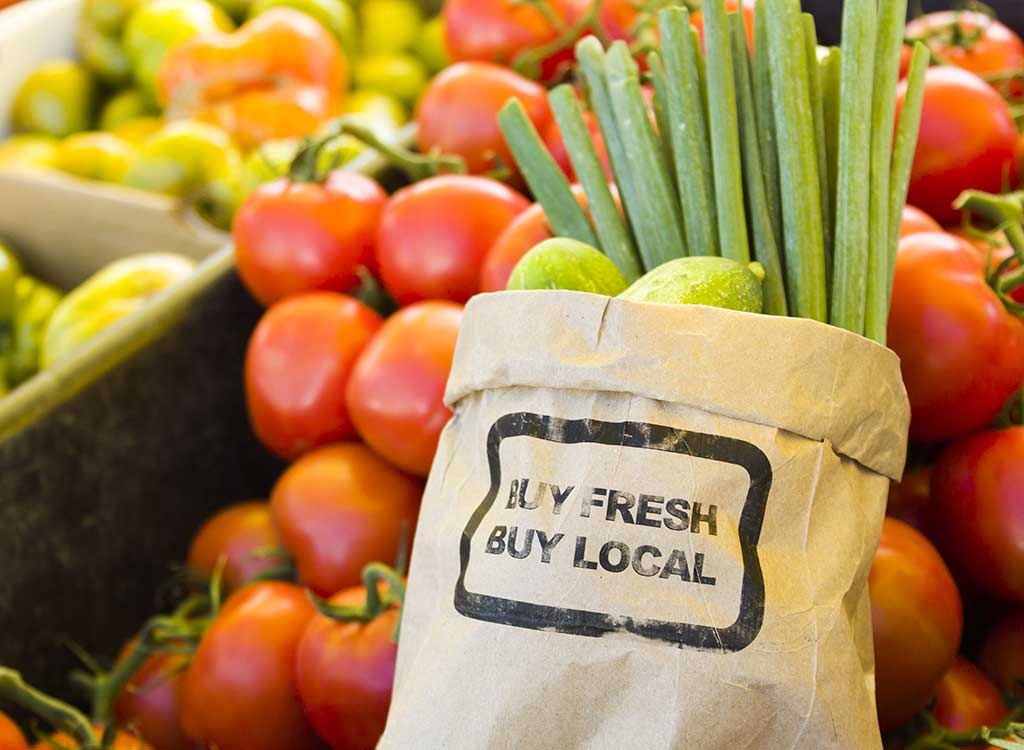
"In the wise words of Tosca Reno, one of the pioneers of the Eat Clean diet, 'If you can't read it, don't eat it!'" says Lisa Hayim, MS, RD. She tells us, "If an ingredient sounds complex,or like a word straight out of chemistry class, chances are it is added to artificially preserve the food or sweeten it."
Limit Sugar to 10 Grams Per Serving

Hayim also shared with us her go-to guideline for added sugar consumption: "Anything that I eat with a label must be 10 grams of sugar or less." Remember, she's talking about added sugars here; naturally occurring sugars, like those found in whole fruits and veggies, are fine because they come packed with digestion-slowing fiber. Fruit juice, on the other hand, is one of the worst added sweeteners because it's devoid of any fiber and is basically just straight fructose—the liver-taxing sugar.
NOTE: The updated nutrition label, which comes out in 2018, will feature an "Added Sugar" line under "Total Carbohydrate" with a % Daily Value equivalent to no more than 50 grams a day.
Anything Ending in -ose Is Sugar
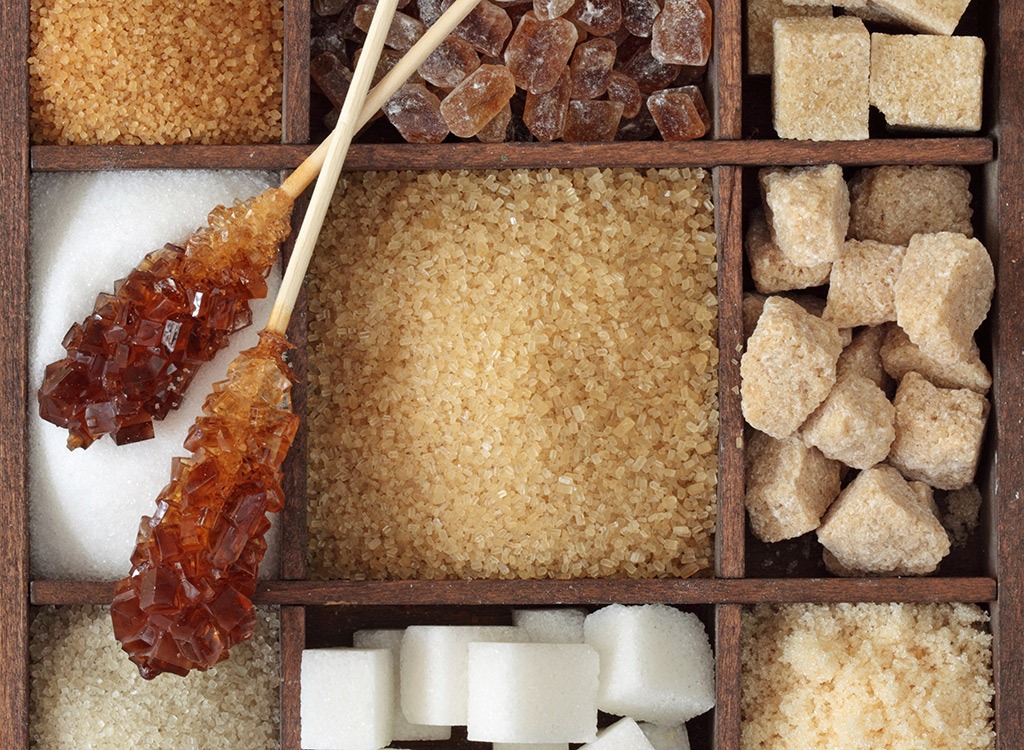
Do you know how many different names for sugar are used on nutrition labels? Some people put it at 56—others put it at over 100. Manufacturers are trying to get around the war on sugar by listing these different code words so we don't realize how much of the sweet stuff we're eating. The easiest way to tell if there's sugar in your food is to look for words ending in "ose:" sucrose, dextrose, glucose, fructose, lactose, maltose. Also look for anything with the word "cane," "nectar," or "syrup."
"Sugar-Free" Isn't Always Best
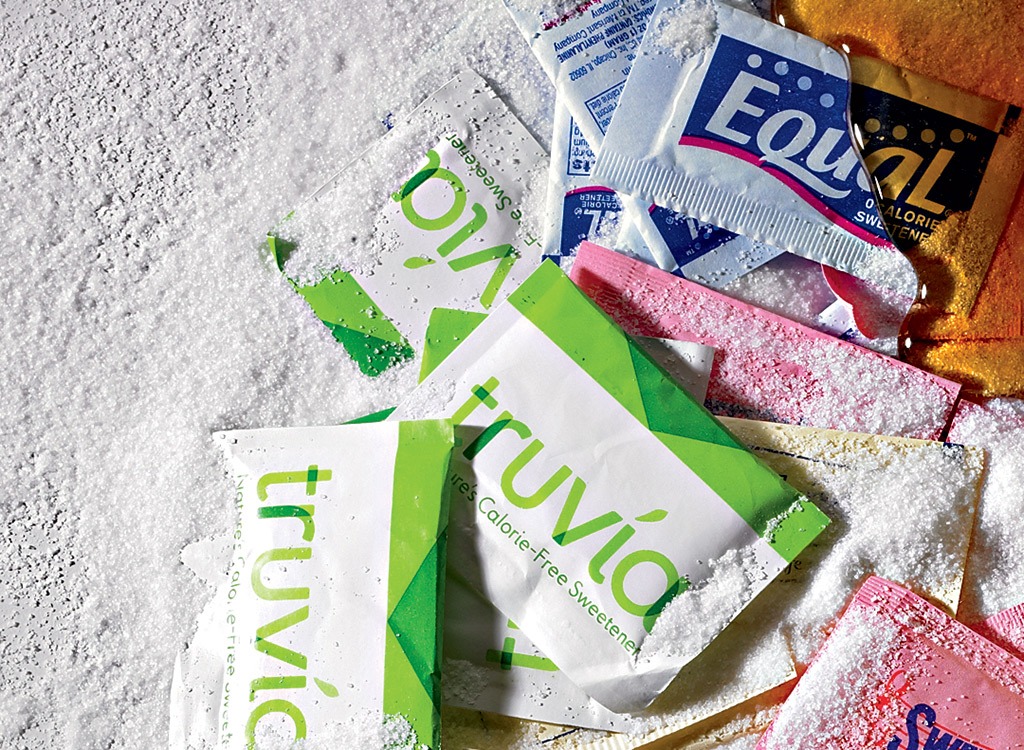
"Sugar-Free" is just another marketing claim. It could mean refined sugar-free, so companies can still use syrups or natural sweeteners like dates, molasses, or honey. It could also mean really free of sugar, in which case the product is using artificial or zero-calorie sweeteners or sugar alcohols. These non-nutritive sweeteners (meaning they have no effect on your blood sugar and usually contain no calories) still stimulate your taste buds so you are satisfied by that taste you crave. We recommended steering clear of gut-harming artificial sweeteners and minimizing intake of laxative-like sugar alcohols; natural sweeteners (like monk fruit extract and stevia) are okay to use on occasion.
"No Artificial Sweeteners" Is Often Still Sweetened
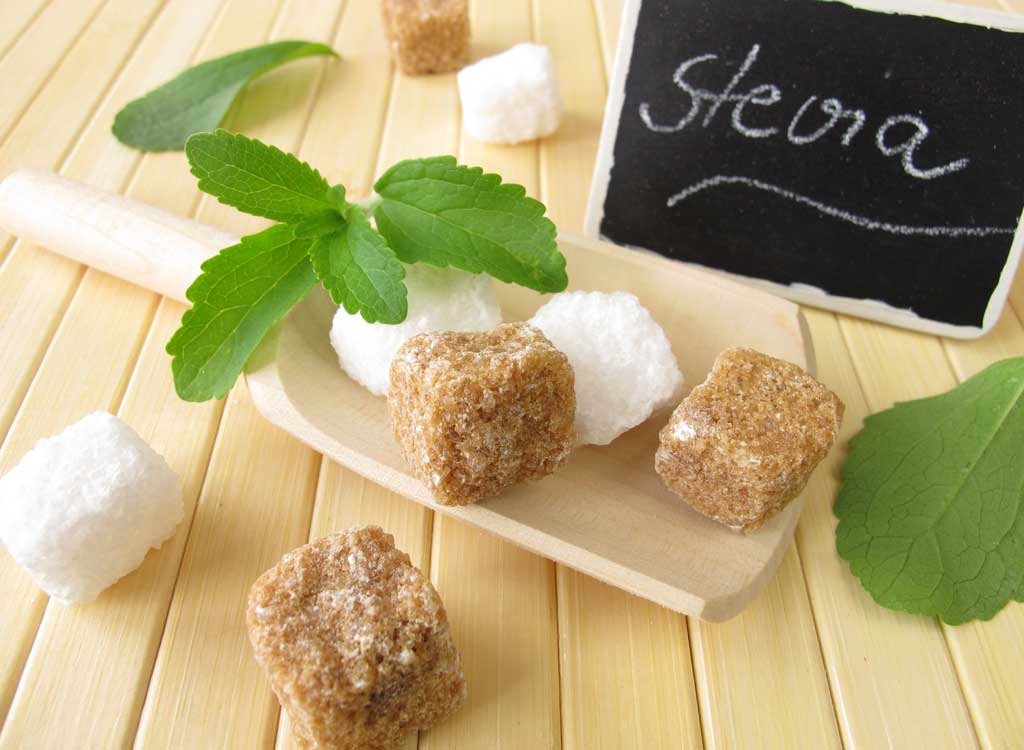
If you see a zero next to "Sugars" and the claim "No Artificial Sweeteners" on the label, the company likely uses sugar alcohols or "natural" non-nutritive sweeteners like monk fruit extract or stevia. This is only an issue if you know you have stomach troubles in response to sugar alcohols like erythritol or xylitol or are just trying to avoid non-nutritive sweeteners in general.
Some Fats Are Your Friends
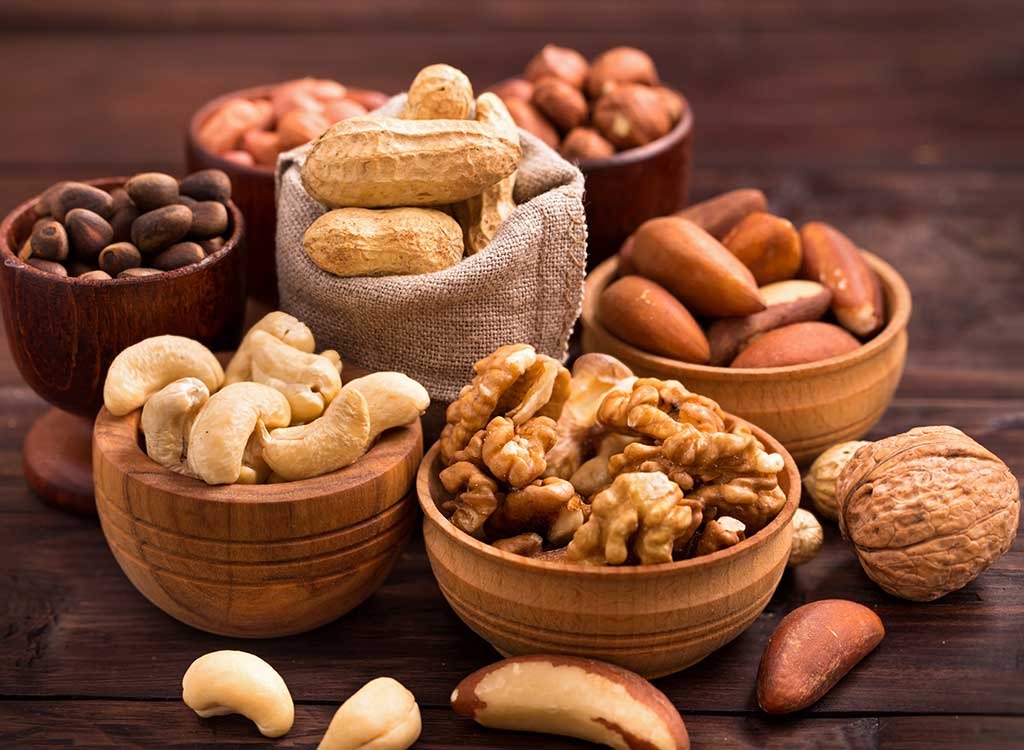
Fats certainly deserve a place in our diet, but not all fats should be eaten with abandon. Although countless studies have emerged in the past decade absolving saturated fat of playing a role in heart disease, the fat can still cause inflammation and changes in cholesterol levels. And although the nutritional guidelines call polyunsaturated fat "good," there are two types of polyunsaturated fat: omega-3s (the heart-healthy, anti-inflammatory ones) and omega-6s (the inflammation-inducing, fat-storing ones). Bottom line: Leave trans fat foods on the shelf, limit saturated fats, look to the ingredients in regards to polyunsaturated fats, and increase monounsaturated fats, which are the healthy fats.
But Avoid "Partially Hydrogenated Oils"

Partially hydrogenated oil was invented several decades ago to extend the oil's shelf life. Unfortunately, these trans fatty acids tend to turn solid once they're inside your body, where they jam up your arteries, including those in your brain. This man-made fat is now banned by the FDA because it's been shown to increase the risk of heart disease (by increasing LDL and decreasing HDL), weight gain, and stroke while diminishing memory.
"Zero Trans Fat" Isn't Always True
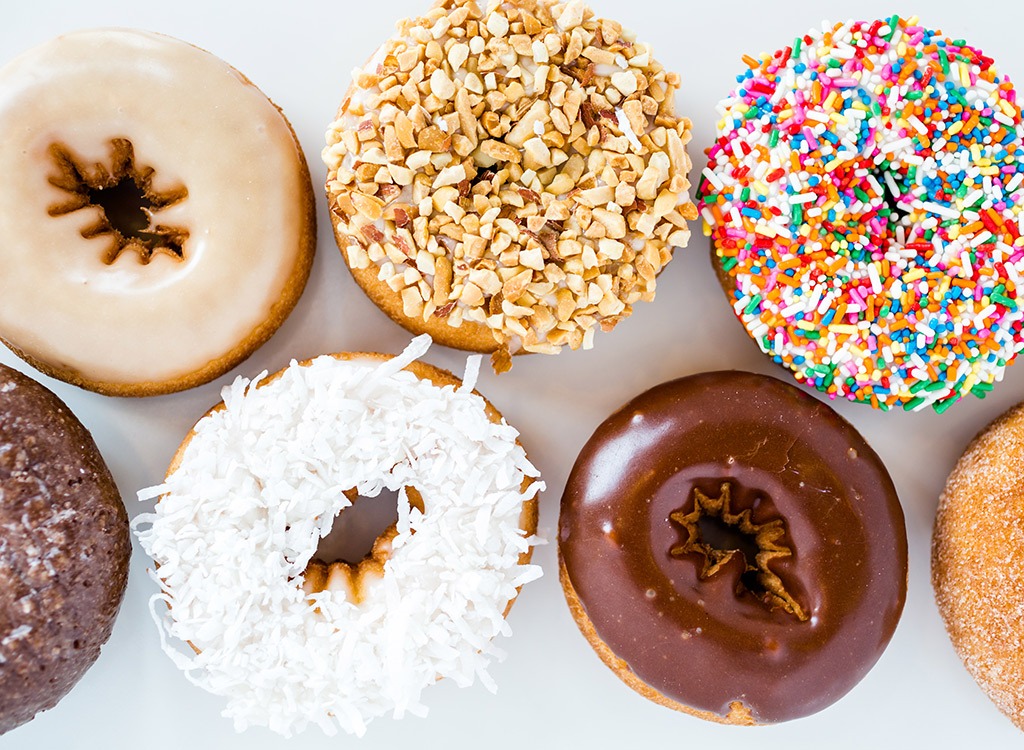
Don't confuse "0 g trans fat" with being free of the artery-clogging stuff. The FDA allows products to claim 0 grams as long as they contain less than 0.5 grams per serving. (Soon, however, the ingredient will be entirely banned from foods.) That means they can have 0.49 grams per serving and still be labeled a no-trans-fat food. Considering that two grams are the absolute most you ought to consume in one day, those fractions can quickly add up. The easiest way to see if your snack is soiled with the banned stuff? Look for "partially hydrogenated oil" on the ingredient statement.
"Low Fat" Is Not Always A Good Thing
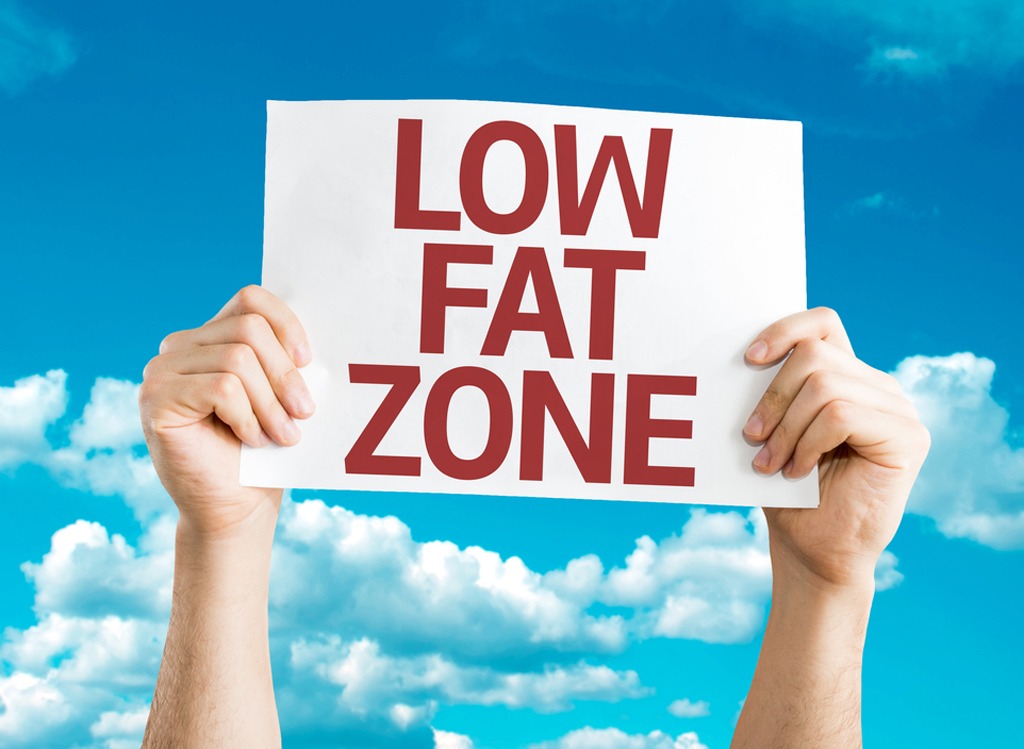
Beware of non-fat or low-fat foods. When manufacturers take out this satiating (and delicious) ingredient, they usually have to replace it with either a lot of sugar, a lot of salt, or a lot of artificial flavors. Check your ingredient list before buying anything with this label. In many cases, you're better off with the regular fat version. Example: SnackWell's Fat-Free Cookies.
Minimize Ingestion Of Vegetable Oils
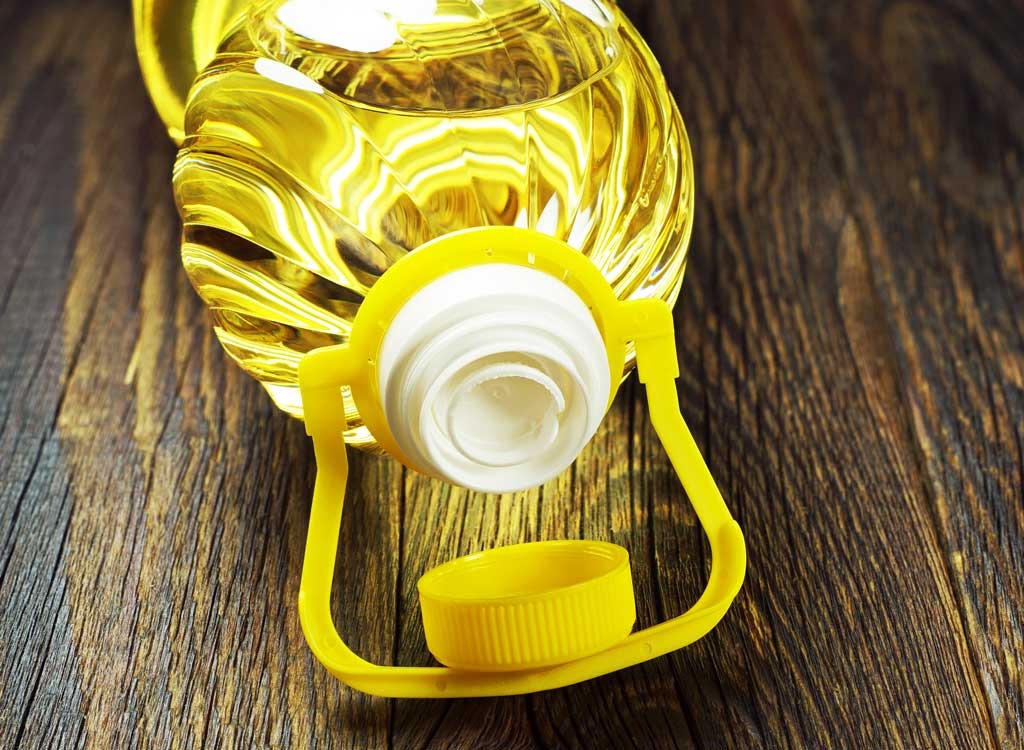
Whether it's to fill up space with inexpensive ingredients or to extend shelf life, manufacturers often inject their products with vegetable oils such as soy, corn, sunflower, safflower, or palm oil. And that's a problem. These vegetable oils have a high concentration of the inflammatory fat, omega-6, and are low in the anti-inflammatory fat omega-3. As a result of Americans' ingestion of products that are full of these oils, the average person has an omega-6 to omega-3 ratio of around 20:1 (which is very inflammatory) when it should be 1:1. We'd recommend reducing your intake of product with these oils.
Non-GMO Is Only Important for Corn and Soy

If you see a product or ingredient labeled "Non-GMO" it means the ingredients used are not from organisms that have had their genetic material manipulated in a lab. There's a lot of misinformation out there about GMOs, so hopefully we can clear things up. The National Academy of Sciences recently concluded in a 400-page document that there's no evidence that supports the perception that GMOs pose any health risk.
However, the report failed to mention the fact that pesticide-resistant GMOs—corn and soybeans—are constructed to allow farmers to spray their crops without abandon. And other studies have found that these carcinogen-containing pesticides are passed onto consumers. Bottom line: non-GMO foods are often better for you if they contain corn or soy, but seeing this buzzword doesn't mean the product is the epitome of good nutrition. Still look at the nutrition label.
Sodium Should Never—Ever—Exceed 1,000 Mg Per Serving
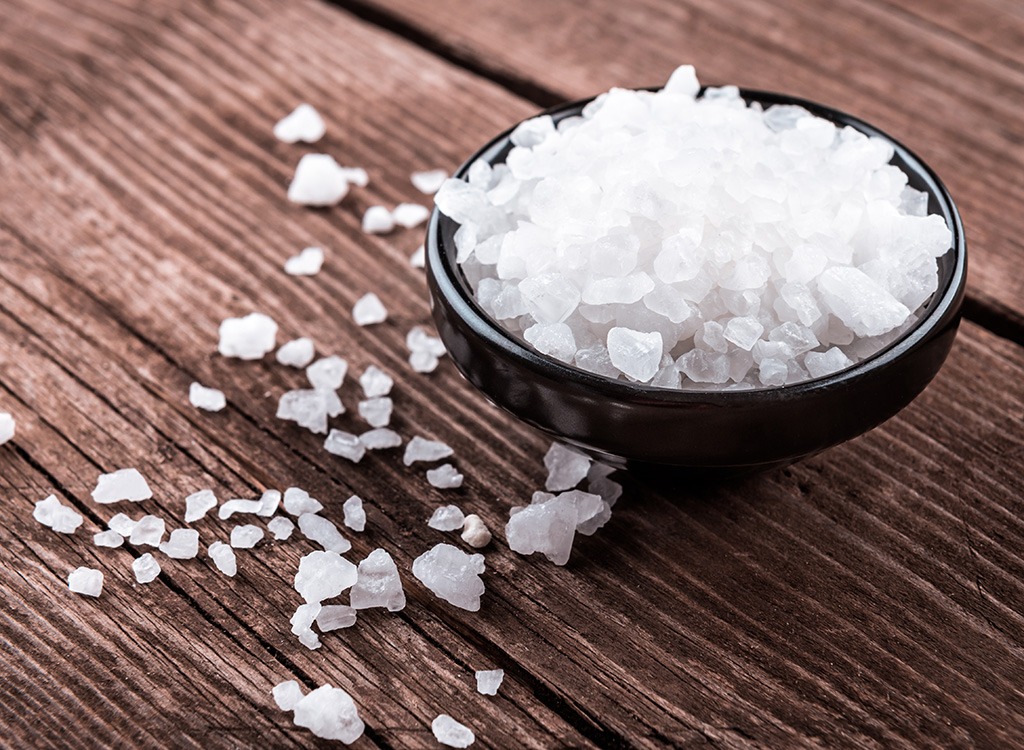
The Dietary Guidelines for Americans have recently been updated to recommend each person consume less than 2,300 mg of sodium per day—that's down from 2,400 mg. It's not much, but it follows the building trend that too much sodium in our diets is taxing on our hearts, contributing to high blood pressure and an increased risk of stroke. It may even make us addicted to salty foods that are devoid of nutrients. You should aim to keep foods and meals to 480 mg of sodium or less and definitely no more than 1,000 mg. If you are having a particularly salty meal, just be sure to guzzle it down with a few glasses of water.
Fiber Is Your Friend
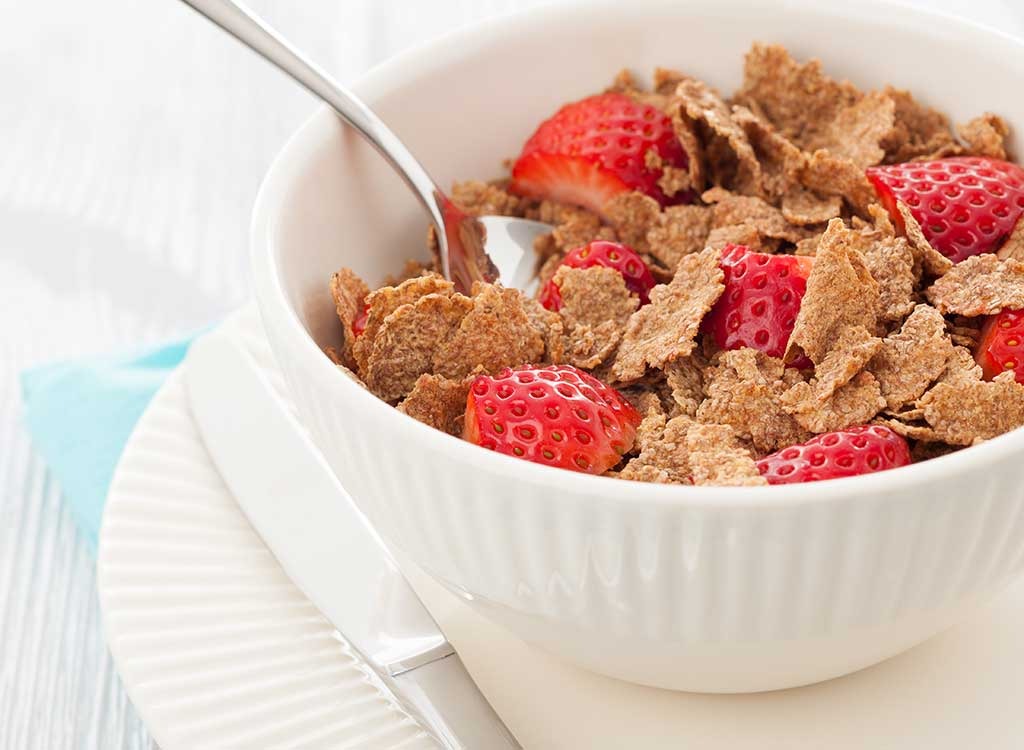
Typically, we recommend that you try to eat foods with an equal amount of fiber as sugar. This is because fiber helps to slow digestion of the sugar in your body. That keeps blood glucose levels stable, which directly translates to more sustained energy levels, as opposed to ravenous hunger pangs 30 minutes after eating.
Skip Over Marketing Claims Like "Healthy"
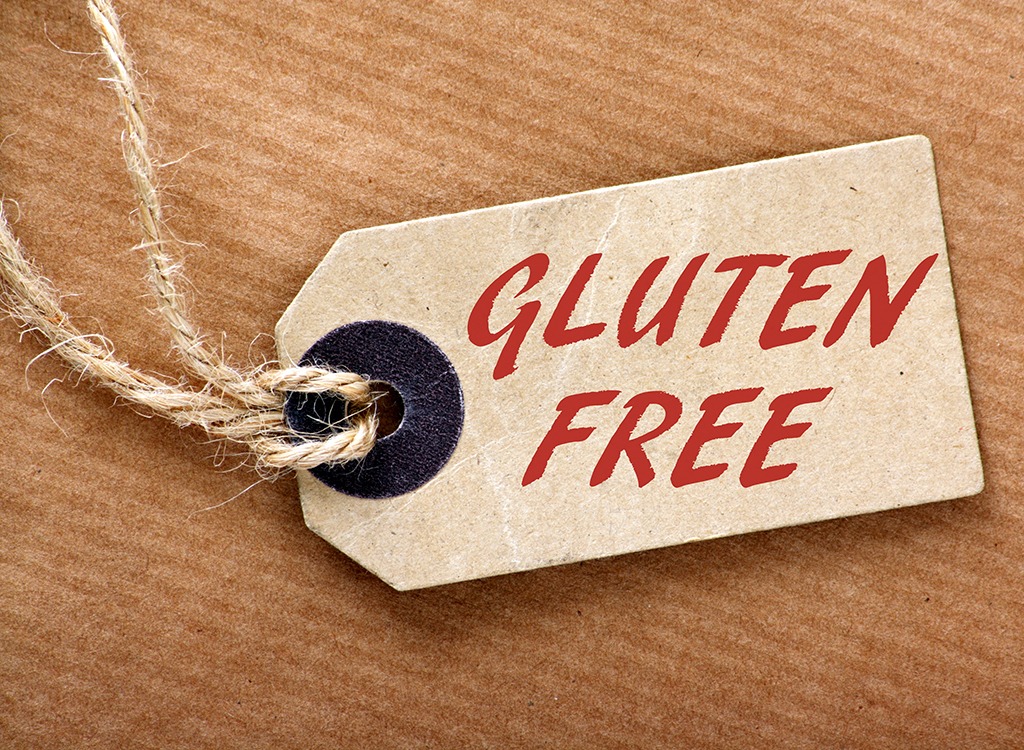
Gluten-free, organic, antioxidants, and GMO-free—these are just some of the health-food buzzwords you'll find plastered on food products on almost every grocery store shelf. The issue is that many of us will often purchase these seemingly good-for-you foods when, in reality, they're covert diet bombs. We're not saying you should write these phrases off as gimmicks, but we'd recommend checking the nutrition label and ingredients to decide for yourself if the product is "healthy."
Don't Worry About Cholesterol

Many Americans have maintained the false impression that eating foods with dietary cholesterol will cause your body's cholesterol levels to increase, which also increases your risk of heart disease. (In fact, that's why eggs are one of the 12 "Bad" Foods That Are Now Good). In reality, new research has found that the cholesterol levels in our bodies are impacted more so by the types of fats in our food—like trans fats—and sugar, and not as much from the dietary cholesterol content.








